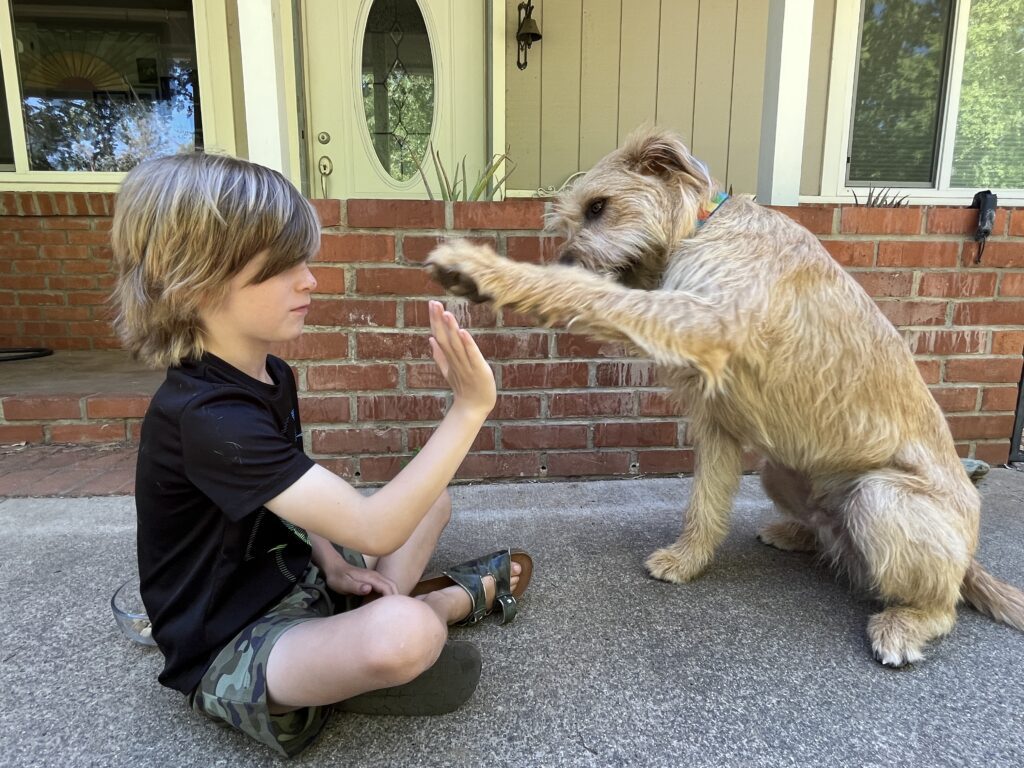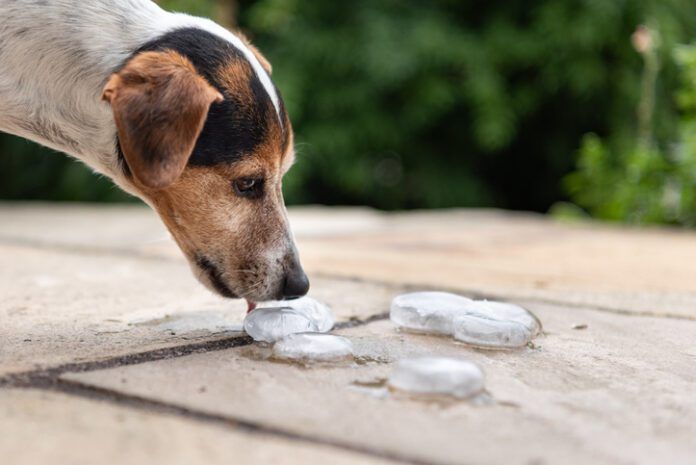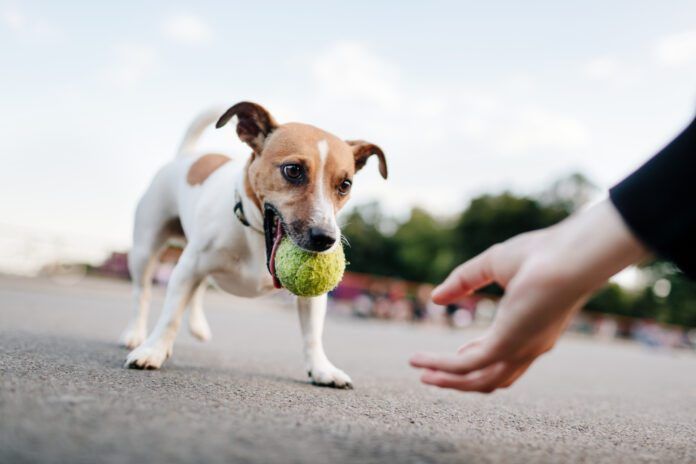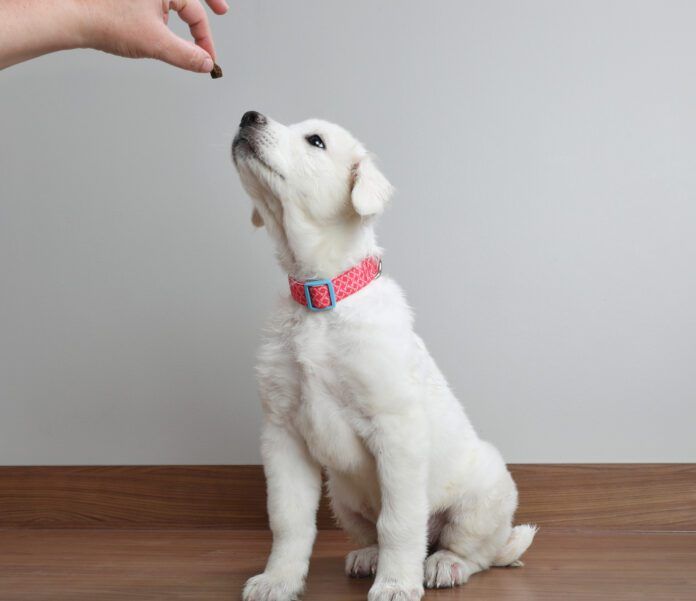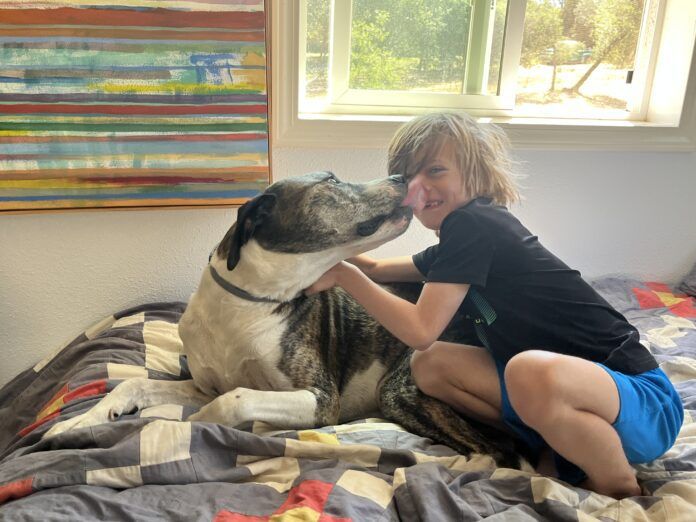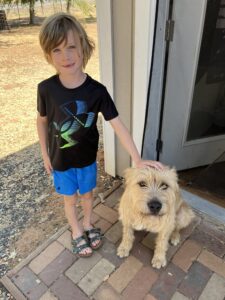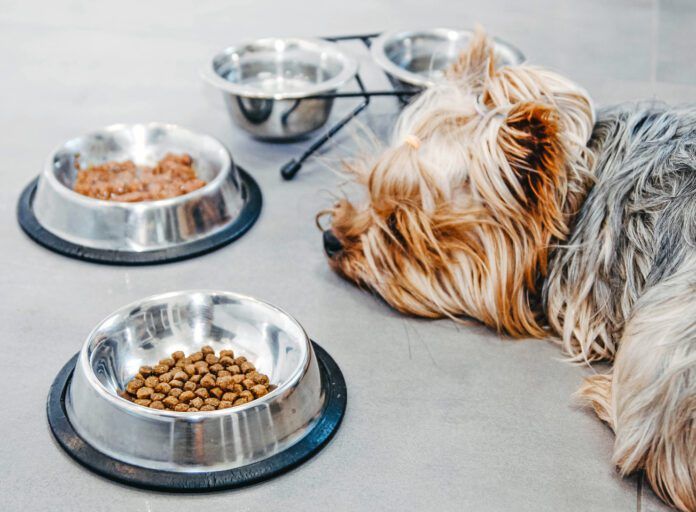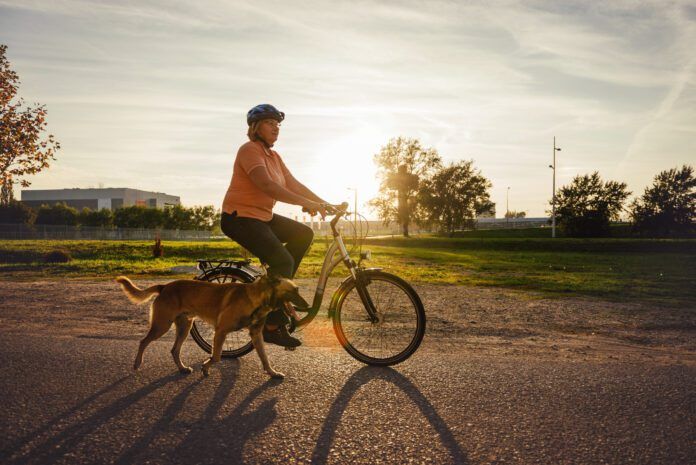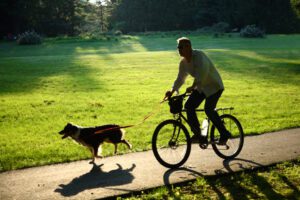I recently received the results of my dog Boone’s mixed-breed DNA test from Darwin’s Ark, a nonprofit scientific research organization (which I previously wrote about here). I already had results from Wisdom Panel and Embark. Here’s what all three have reported finding in Boone’s DNA:
| Embark | Wisdom Panel | Darwin’s Ark |
| 42.0% American Pit Bull Terrier | 36% American Staffordshire Terrier | 59.4% American Pit Bull Terrier |
| 29.1% American Staffordshire Terrier | 29% American Pit Bull Terrier | 21.1% Unknown |
| 8.1% American Bulldog | 6% Boxer | 6.6% English Springer Spaniel |
| 8.1% German Wirehaired Pointer | 6% German Wirehaired Pointer | 4.7% Boxer |
| 8% Boxer | 5% American Bulldog | 3.1% Great Dane |
| 4.7% English Springer Spaniel | 5% English Springer Spaniel | 3% German Shorthaired Pointer |
| 4% Great Dane | 2.1% Labrador | |
| 3% Australian Cattle Dog | ||
| 2% German Shorthaired Pointer | ||
| 2% Labrador | ||
| 2% Chow Chow |
I know it’s my dog, but I find these results fascinating, both for the similarities and for the differences in what they found and their estimated quantities of each breed. Not to even mention the fact that Boone doesn’t particularly look like any of the breeds suggested by any of the companies.
All three companies concur that Boone is mostly one or the other or both of the most common bully breeds. Embark and Darwin’s Ark agree that he’s more American Pit Bull Terrier than anything; Wisdom Panel thinks that he’s more American Staffordshire Terrier than anything. Embark and Wisdom Panel agree that he’s got both Pit Bull and Am Staff heritage, whereas Darwin’s Ark makes no mention of Am Staff at all – but the company does not include American Staffordshire Terrier among the list of breeds it can currently identify.
Embark and Wisdom Panel both think Boone has some American Bulldog genes. Darwin’s Ark did not report this – but, again, it doesn’t yet have American Bulldogs on the list of breeds it says it can identify. Also, unlike the other two companies, Darwin’s does not attempt to make its results add up to 100%; it reported a 21.1% “unknown” genetic contribution to Boone. So Am Staff and American Bulldog may well make up a goodly percentage of Darwin’s Ark’s 21.1% of “unknown” genes.
All three companies identified contributions from Boxers and English Springer Spaniels, and even their calculations regarding the concentration of those breeds matched fairly closely. The estimated contribution of Boxer genetics ranged from 4.7% to 8%. The estimated contributed from Springer Spaniels ranged from 4.7% to 6.6%.
All three companies identified at least one German pointer. Wisdom Panel suggested that Boone contains small amounts of both German Wirehaired Pointer and German Shorthaired Pointer. Embark reported only German Wirehaired Pointer. Darwin’s Ark reported only German Shorthaired Pointer.
Two of the three (Wisdom Panel and Darwin’s Ark) found some Great Dane genes (4% to 3.1%, respectively) and some Labrador genes (2% and 2.1%, respectively). Neither breed was identified by Embark.
Using just Boone’s results to draw conclusions about the three companies, it feels like they are all finding comparable results. Embark sells its Breed ID DNA Test for $109 to $129, depending on its various discounts. Wisdom Panel currently sells its Breed Discovery kit for $84 – the lowest price of all three companies, unless you submit your dog’s DNA to Darwin’s Ark for research purposes only, in which case the company will run your dog’s sample for free, but you may not receive the results for years. Darwin’s Ark uses these samples in its research; it has a number of scientists using the data it collects for some fascinating studies on obsessive-compulsive disorder, cancer, food allergies, the traits shared by working dogs, and more.
If you want to pay for faster (but not fast) service, Darwin’s Ark charges $149. The company will run your dog’s DNA in a batch of 20 when they receive 19 other samples to run. This took about four months for Boone’s sample. The for-profit companies are much quicker with their results – just understand that they, too, are likely including your dog’s DNA in their research studies, but without the transparency and invitation for you to participate in “citizen science” surveys about health and behavior offered by Darwin’s Ark.








